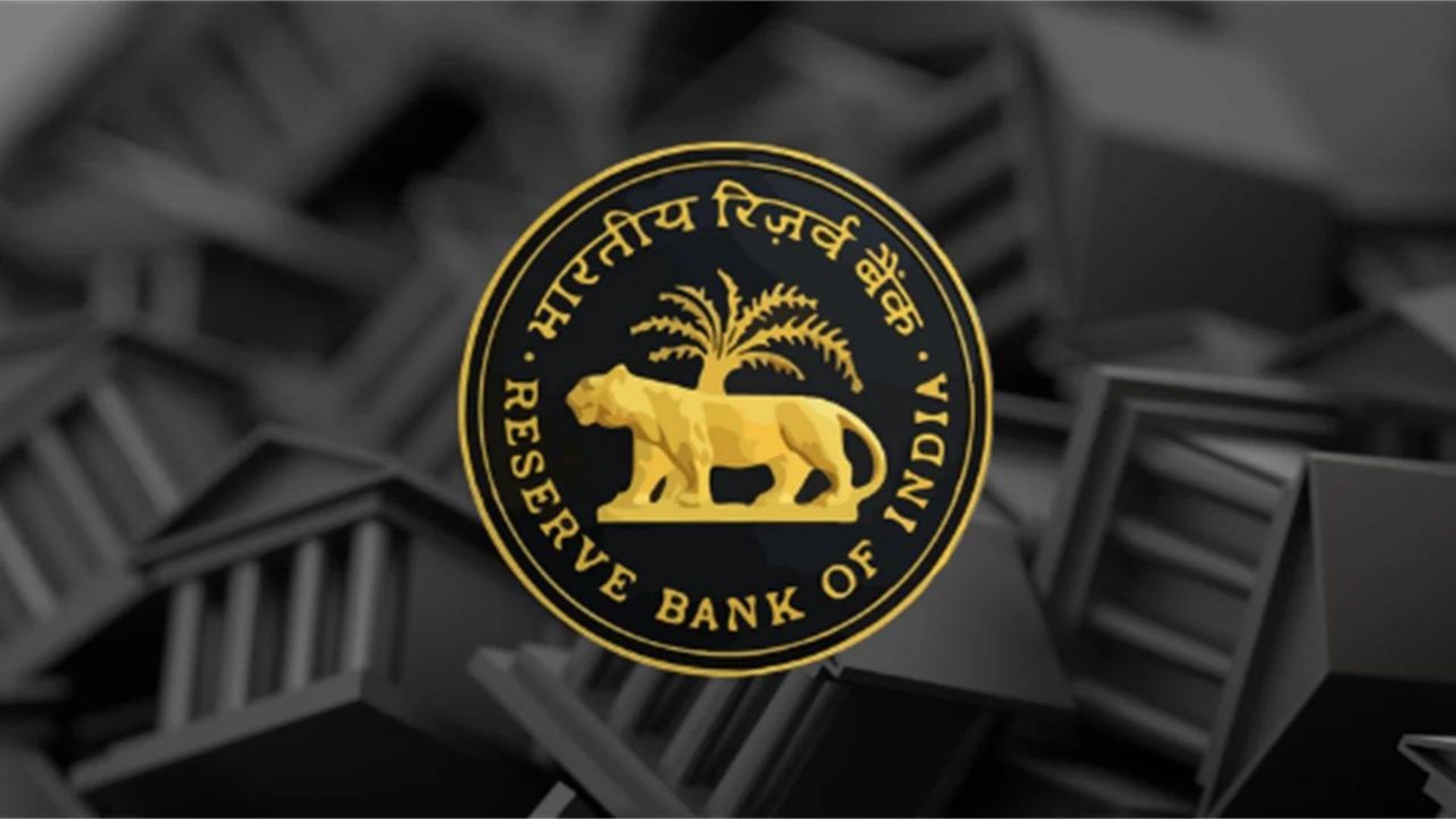RBI Repo Rate Cut 2025: What It Means for Loans, EMIs, and the Indian Economy
Introduction
The Reserve Bank of India (RBI) recently announced a cut in the repo rate, sparking discussions across financial markets, lending institutions, and among everyday borrowers. A repo rate cut is more than a technical term—it’s a critical decision that directly affects your loan EMIs, borrowing costs, and even the growth of small businesses. Let’s understand what the repo rate is, why it was cut, and how this impacts you in 2025.
What is the Repo Rate?
The repo rate is the rate at which the RBI lends money to commercial banks in India. When the RBI lowers this rate, it becomes cheaper for banks to borrow funds. This generally results in banks reducing interest rates on loans, benefiting individuals and businesses.

Why Did RBI Cut the Repo Rate in 2025?
• In its latest monetary policy review, the RBI cut the repo rate by 25 basis points, bringing it down from 6.50% to 6.25%. The move was driven by:
• Slower-than-expected economic growth
• Easing inflation within RBI’s tolerance levels
• Need to stimulate investment and consumption
• A push to support MSMEs, startups, and the housing sectors
This rate cut is seen as a proactive step to revive economic momentum post the global slowdown and to improve liquidity in the market.
Impact on Borrowers and Loan Seekers
1. Lower Home Loan EMIs
Most home loans are now linked to the RBI’s repo rate through external benchmark lending. This means that any repo rate cut will likely reduce EMIs, especially for floating rate borrowers.
2. Better Access to Business Loans
For entrepreneurs and MSMEs, the repo rate cut means easier access to cheaper loans, improving cash flow and boosting working capital.
If you’re planning to apply for a business loan, this is the right time to act.
3. Lower Cost for Personal and Car Loans
Banks usually pass on repo rate benefits to other types of credit as well. Expect slightly lower personal loan and vehicle loan interest rates in the coming months.
How It Affects the Indian Economy
A repo rate cut has a cascading effect on the economy:
• Boosts Consumer Spending: With cheaper loans, people tend to spend more, especially on housing, vehicles, and durables.
• Stimulates Business Investment: Lower borrowing costs encourage businesses to expand or invest in new projects.
• Improves Liquidity: More money in the hands of people and businesses improves the cash flow in the economy.
What Should You Do Now?
If you’re a business owner, startup founder, or someone planning to apply for a bank loan, this is the ideal opportunity to move forward. However, your success depends heavily on how well your financial documentation is prepared.
Pro Tip: A professionally drafted loan proposal or DPR (Detailed Project Report) enhances your chances of getting funding approval from banks and government schemes. Whether you’re targeting the Mudra Loan, PMEGP, or CMEGP your document must be structured, data-driven, and tailored to your business.
Need expert help? Explore Sharda Associates’ project report services to get a customized, bank-ready report aligned with your loan type and scheme eligibility.
Conclusion
The RBI’s repo rate cut in 2025 is a welcome move for borrowers and the overall economy. With reduced borrowing costs, it’s the right moment to take financial decisions that were previously on hold—whether it’s buying a home, expanding a business, or launching a new startup. Stay informed, act smart, and make the most of this opportunity with strong financial planning and credible business documentation. RBI Repo Rate Cut 2025: What It Means for Loans, EMIs, and the Indian Economy



